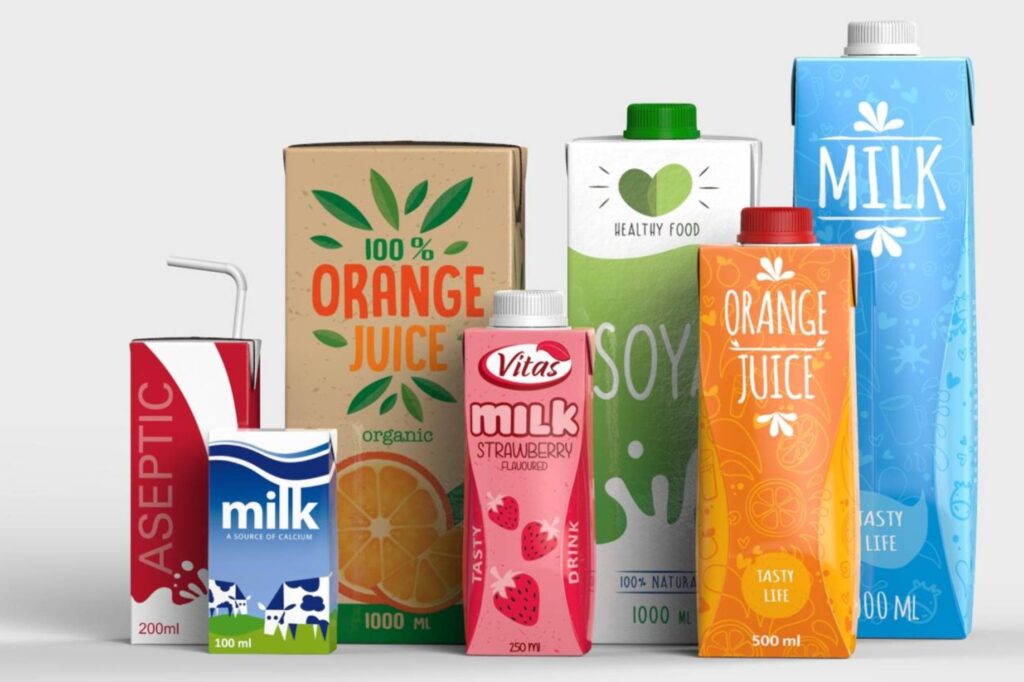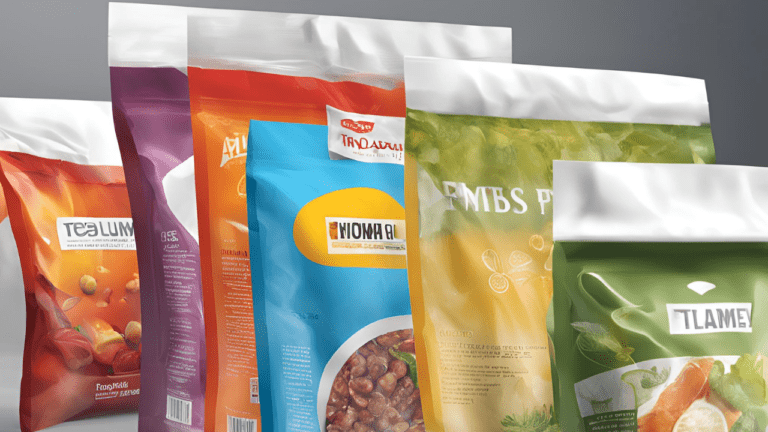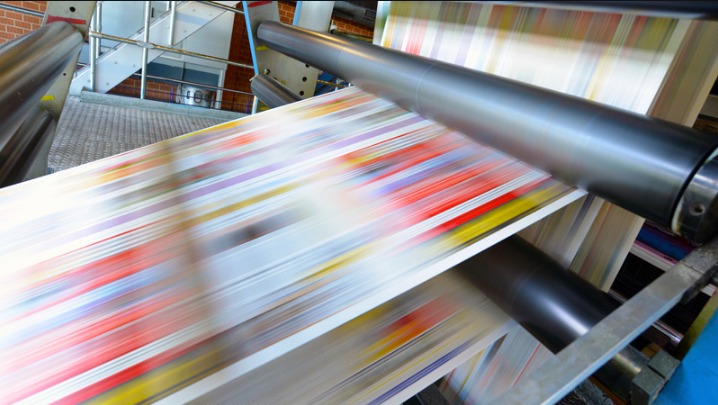In today’s fast-paced world, where consumers demand fresh, safe and long-lasting products, packaging plays a pivotal role in maintaining product quality. Among various packaging methods, aseptic packaging stands out as a revolutionary solution, offering an exceptional balance between product safety and extended shelf life. This article delves into the concept of aseptic packaging, its benefits, its applications and its critical role in extending product shelf life.
Understanding Aseptic Packaging
Aseptic packaging is a specialized process in which both the product and packaging materials are sterilized separately before being combined in a sterile environment. This method ensures that the product remains free from contamination throughout its shelf life without requiring preservatives or refrigeration. Typically used for liquid products, aseptic packaging is now widely adopted across various industries, including dairy, beverages, pharmaceuticals and even pet food.
How Aseptic Packaging Extends Shelf Life
- Microbial Control: The sterilization process effectively eliminates harmful bacteria, molds and yeast that can cause spoilage.
- Oxygen Barrier: The packaging material is designed to prevent oxygen penetration, which minimizes oxidation and maintains product quality.
- Temperature Resistance: Aseptic packaging materials are designed to withstand high temperatures, making them suitable for sterilized products.
- Minimal Chemical Use: Unlike traditional preservatives, aseptic packaging maintains product integrity without relying on chemical additives.
Key Components of Aseptic Packaging
- Sterilization of Packaging Material: Through methods such as heat, chemical or radiation.
- Sterilization of the Product: Using ultra-high-temperature (UHT) treatment for liquids or other sterilization techniques for solids.
- Sealed Sterile Environment: The packaging process occurs in a controlled, sterile environment to prevent contamination.
Applications Across Industries
- Dairy and Beverages: Milk, juices and even plant-based drinks benefit from aseptic packaging, maintaining freshness without refrigeration.
- Pharmaceuticals: Sensitive drugs and solutions are packaged aseptically to ensure sterility and prolonged shelf life.
- Food Products: Sauces, soups and baby foods achieve longer shelf life without additives.
Benefits of Aseptic Packaging
- Extended Shelf Life: Products can last for months without refrigeration, reducing spoilage and waste.
- Enhanced Nutritional Value: The absence of preservatives ensures the product retains its natural nutritional content.
- Cost Efficiency: Reduced reliance on cold storage and fewer returns due to spoilage.
- Sustainability: Eco-friendly packaging options, such as recyclable and lightweight materials, align with environmental goals.
Challenges and Future Trends
While aseptic packaging offers numerous benefits, it also comes with challenges, such as the need for sophisticated equipment, strict quality control and skilled personnel. However, as technology advances, aseptic packaging continues to evolve, offering more sustainable solutions and broader applications.
Conclusion
Aseptic packaging has become an essential solution for industries seeking to preserve product quality, maintain nutritional value and extend shelf life. As consumer demand for safe, long-lasting products continues to grow, aseptic packaging will remain a critical innovation in the world of packaging solutions.




